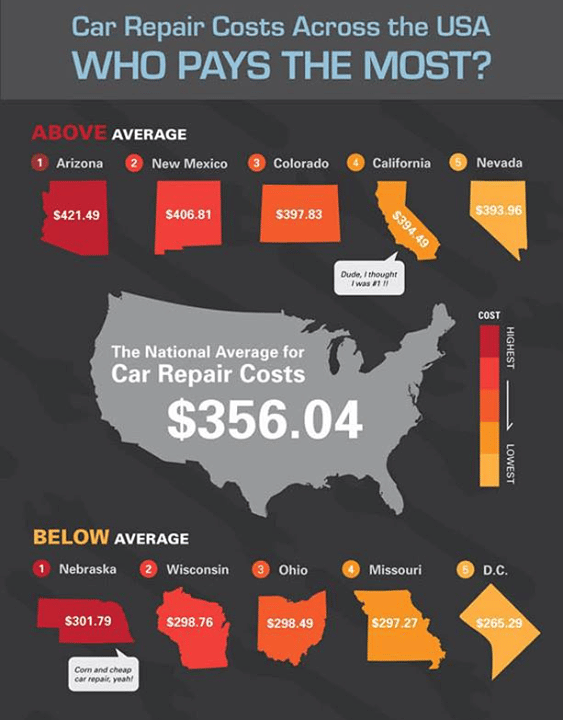Understanding The Importance Of Your Vehicle'S Warning Signals: What They Actually Stand For
Understanding The Importance Of Your Vehicle'S Warning Signals: What They Actually Stand For
Blog Article
Material Writer-Vinson Stark
When you're behind the wheel, those radiant caution lights on your control panel can be a bit complicated. Do you understand what they're attempting to tell you concerning your vehicle's health? Recognizing the relevance of these lights is crucial for your safety and security and the long life of your car. So, the next time one of those lights pops up, would not you intend to understand its message precisely and take the needed steps to address it?
Common Warning Lights and Interpretations
Determine typical caution lights in your auto and understand their significances to make sure risk-free driving.
One of the most typical warning lights include the check engine light, which signals issues with the engine or emissions system. If this light begins, it's important to have your automobile inspected quickly.
The oil stress advising light suggests reduced oil pressure, needing instant attention to stop engine damage.
A flashing battery light might recommend a faulty billing system, potentially leaving you stranded if not resolved.
The tire stress tracking system (TPMS) light informs you to reduced tire pressure, impacting automobile stability and gas effectiveness. Overlooking this might result in risky driving conditions.
The abdominal muscle light suggests a trouble with the anti-lock stopping system, jeopardizing your ability to quit swiftly in emergency situations.
Lastly, the coolant temperature level alerting light warns of engine getting too hot, which can cause extreme damages if not solved promptly.
Understanding these common warning lights will aid you address concerns immediately and maintain secure driving conditions.
Value of Prompt Interest
Comprehending the typical caution lights in your auto is just the first step; the relevance of without delay dealing with these warnings can not be emphasized sufficient to ensure your safety on the road.
When a caution light illuminates on your control panel, it's your cars and truck's way of communicating a prospective concern that requires attention. Overlooking these warnings can result in a lot more severe troubles later on, endangering your security and possibly costing you extra in repairs.
detailcarserviceauckland to alerting lights can protect against failures and accidents. For instance, a blinking check engine light can show a misfire that, if left ignored, can create damage to the catalytic converter. Addressing this quickly can conserve you from an expensive fixing.
Similarly, a brake system advising light may signal low brake fluid or used brake pads, crucial elements for your safety when driving.
Do It Yourself Troubleshooting Tips
If you see a warning light on your control panel, there are a couple of do it yourself troubleshooting pointers you can try prior to looking for professional aid.
The very first step is to consult your automobile's handbook to understand what the certain warning light suggests. In some cases the problem can be as easy as a loose gas cap triggering the check engine light. Tightening a and m detailing may deal with the issue.
Another usual concern is a reduced battery, which can cause different advising lights. Checking the battery links for rust and ensuring they're safe and secure could take care of the problem.
If a caution light persists, you can try resetting it by detaching the cars and truck's battery for a couple of minutes and after that reconnecting it. In addition, examining your vehicle's liquid levels, such as oil, coolant, and brake liquid, can help repair alerting lights connected to these systems.
Final thought
Finally, understanding your automobile's warning lights is crucial for keeping your automobile running smoothly and safely. By immediately resolving relevant web-site and knowing what they imply, you can stay clear of costly repairs and prospective malfunctions.
Bear in mind to consult your vehicle's manual for certain details on each advising light and take action accordingly to guarantee a hassle-free driving experience.
Stay notified, stay risk-free on the road!
